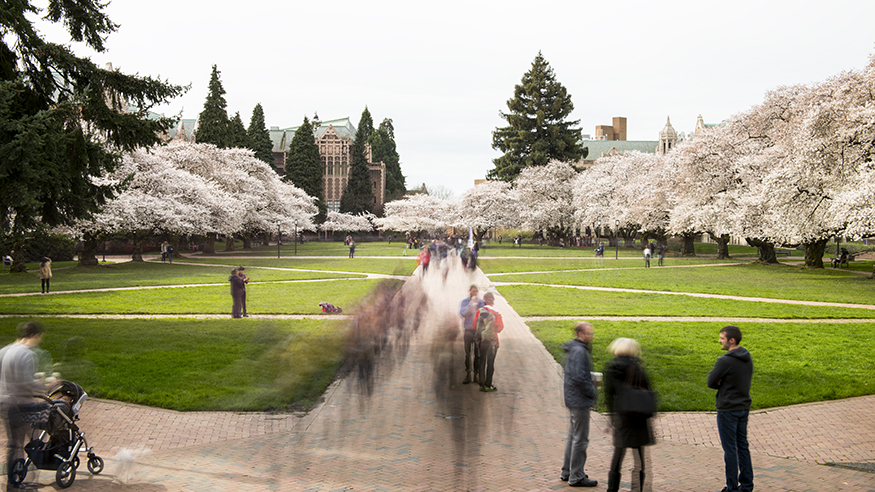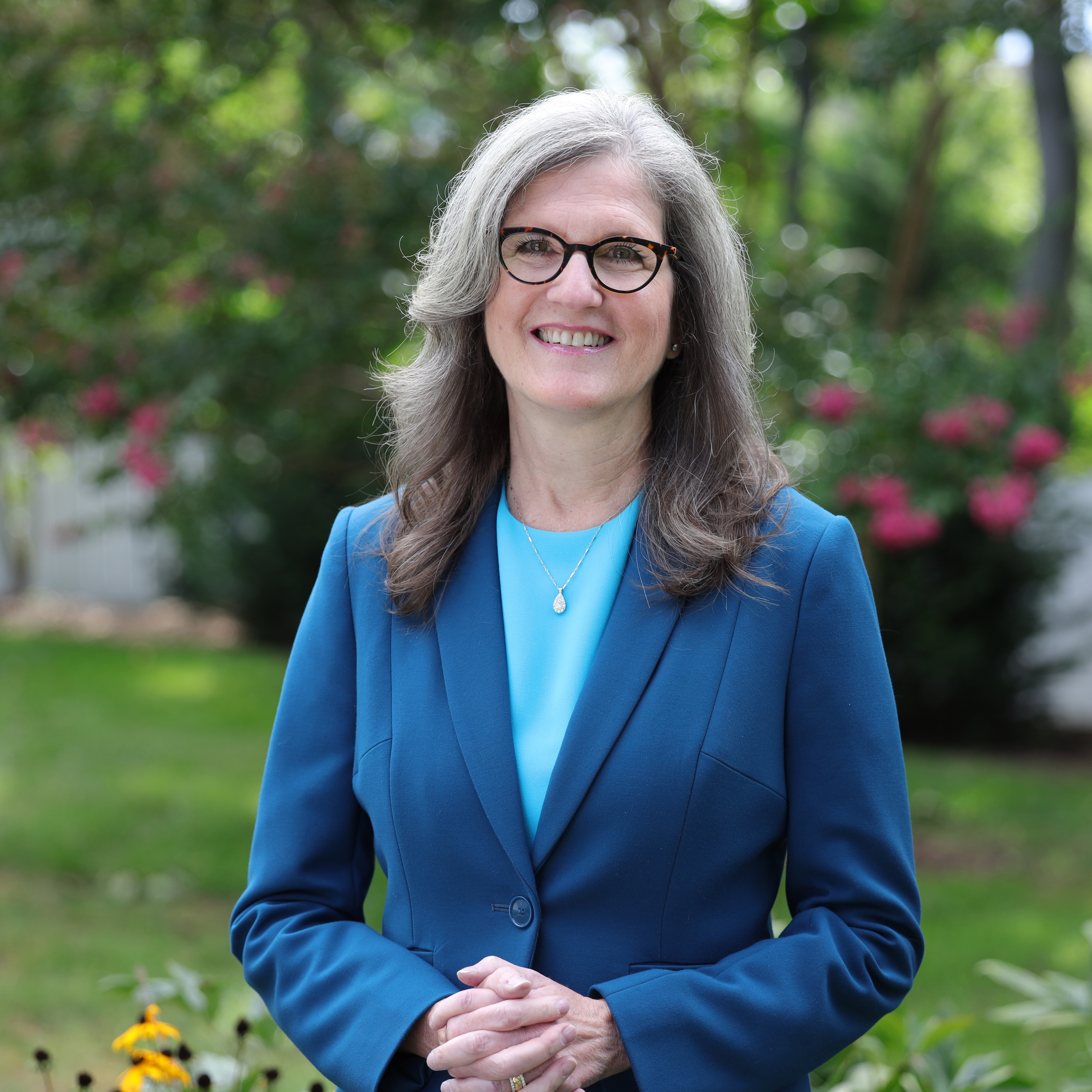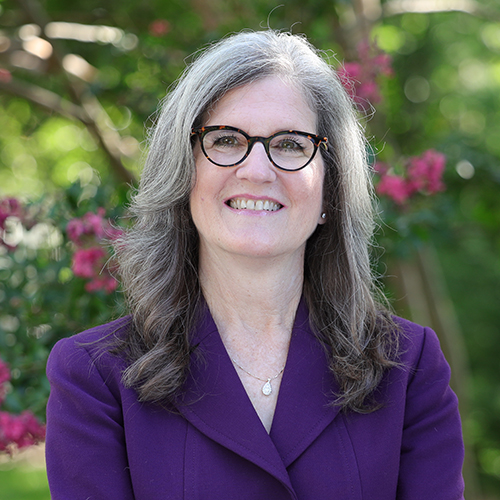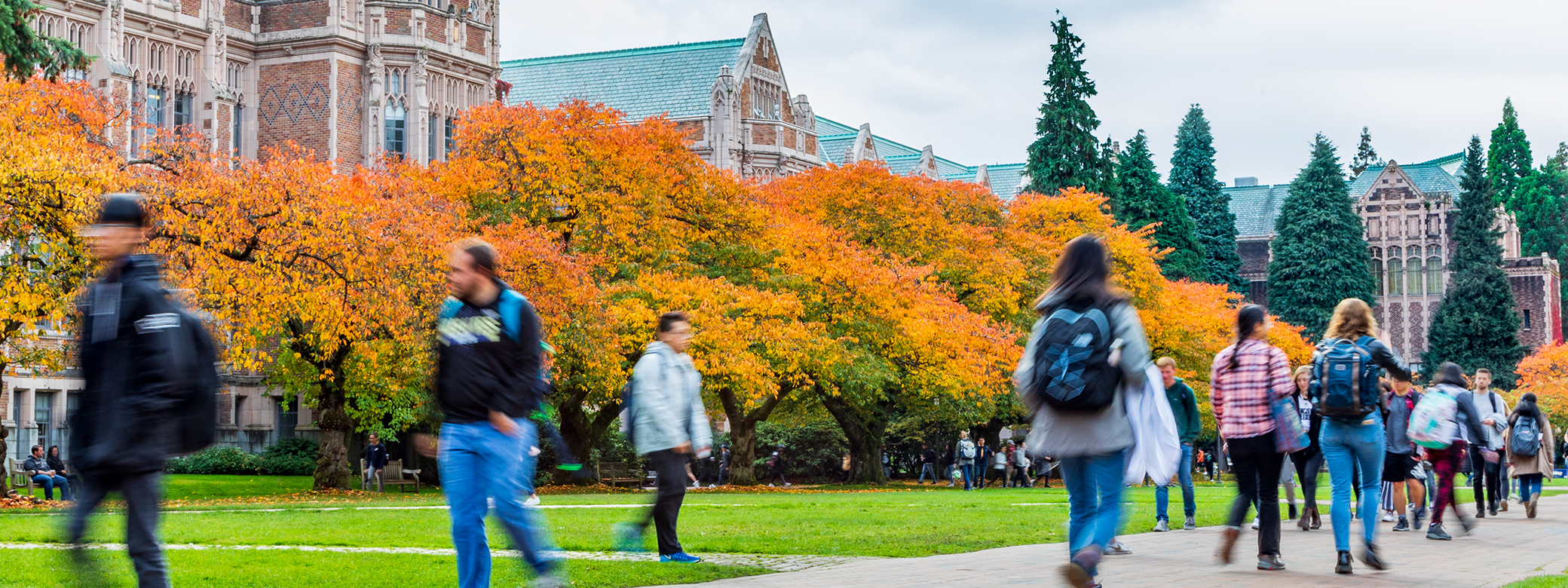In her 1918 novel, My Antonia, the American author Willa Cather wrote about a young, immigrant woman growing up on the plains of Nebraska near the end of the 19th century. In this, her most well-known work, Cather writes eloquently of the often desolate, vast, and unceasingly horizontal prairie landscape. Yet, what lingers most vividly in my memory of the book is her description of the few vertical markers in that landscape: trees.
Cather wrote: “Trees were so rare in that country, and they had to make such a hard fight to grow, that we used to feel anxious about them, and visit them as if they were persons.”
I’ve come to feel that way about some trees throughout my life -- the big Mimosa tree I climbed as a child growing up in California’s Central Valley; a particularly large and fragrant Jeffrey Pine on a familiar trail surrounding Lake Tahoe; and a few others that I have visited “as if they were persons,” always relieved to find them in good health, steady against the seasons, the turmoil of the world, and our rapidly changing climate.
Last year, I became acquainted with 29 new arboreal friends: The famous Yoshino cherry trees that line our liberal arts quad on the University of Washington campus. Watching them come into bloom this past spring was every bit as delightful as promised. As their petals opened to create a magnificent, pale pink cloud emitting an intoxicatingly sweet, wind-borne scent, that space -- the landscape of the liberal arts quad -- became an event. Visitors came in droves, photographers posed their models against the backdrop of the blossoms, and our campus community delighted in the floral spectacle.

The venerable trees have their big “close-up” moment in the spring, but I’ve made a point of visiting them as if they were persons throughout the year, discovering that they are truly spectacular year-round. Their unexpectedly showy display of autumn leaves gives way to a less dramatic but more tactilely inviting winter garb, their majestic trunks and twisting branches generously clothed in an abundance of moss and hosting ferns that persist in the spring after the leaves return. And through the warmer months of summer their broad, interlocking canopies have given the gift of cooling shade. They are old for cherry trees of this species, and they wear their age with grace and resolve.
The trees are a year-round delight but I’ve begun to see them as something more. These truly generous trees that give us so much pleasure while hosting other plants and creating a space with their interlaced canopies also have much to teach us about the creation of a community and supporting the common good that I’ve written about previously in this blog.
As the ecologist Suzanne Simard has taught us, and as the author Peter Wohlleben has popularized in his book The Hidden Life of Trees, trees talk. They communicate through complex underground networks, through scents dispersed through the air, and through their canopies, creating a phenomenon Dr. Simard has called “the wood wide web” that stretches throughout healthy forests. I’m not an ecologist but like so many others who have learned about Simard’s and Wohlleben’s work, I am captivated by the idea that trees exist symbiotically across species sharing information and resources in complex ways that support a forest matrix. As Wohlleben writes, “…a tree can only be as strong as the forest that surrounds it…their well-being depends on the community.”
Our cherry trees are not a forest, but I can’t think of a better symbol of the College of Arts and Sciences than these wonderful specimens that so elegantly define a space for the liberal arts on our campus. We may exist as a collection of four divisions, 39 academic departments and significant UW units, but we are also one college: Each part as strong as the others to which it is connected and with which it forms a powerful creative, intellectual, and pedagogical community for discovery and the production of new knowledge. Like the trees, the College has aspects both showy and subtle and a range of gradations in between. Yet every part is of equal importance and holds the potential for collaboration and community. Above ground, the canopy branches reach out to find connection with neighboring branches and below ground (one imagines!) the roots and fungal networks share crucial information and resources. In the College, our faculty and students are constantly reaching out to forge new connections across disciplines and programs in search of answers to some of our most challenging problems. And while our departments and units exist as discreet entities, they together form an educational ecosystem that supports nearly every undergraduate at the University of Washington, and a research network like no other.
Without carrying the analogy too far, I hope I’ve made the case for taking a bit more time to look and ponder the next time you walk through the Quad. Go visit the trees as if they were persons. In a very special, very particular way, that space and those trees are about us -- the College of Arts and Sciences. Like the Yoshino cherry trees, we are strong, we are beautiful, we are resilient, we are a powerfully connected community, and we will continue to reach skyward, linking across the arts, humanities, social sciences and natural sciences, collaborating across the university and building the future.
More Stories

From the Dean
Dianne Harris reflects on her first six months as dean, and the “dedication to excellence and deep veins of creativity” she has found throughout the College of Arts & Sciences.

New Dean, New Perspectives
A conversation with Dianne Harris, new dean of the UW College of Arts & Sciences.
